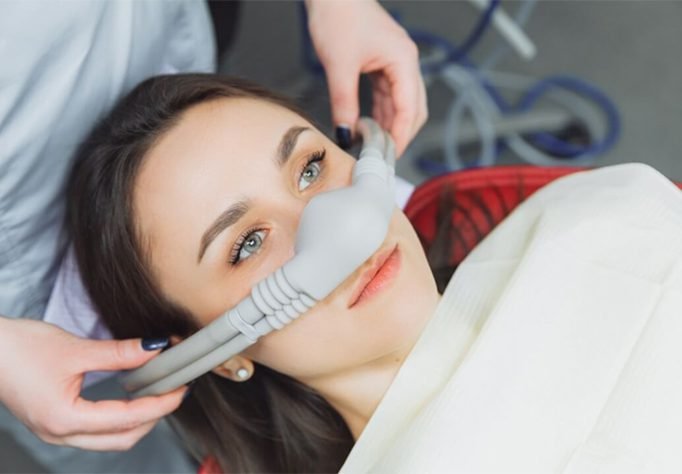






Non Enteral Conscious sedation is when we prescribe an oral benzodiazepine for the patient to take the morning of surgery on an empty stomach. It may cause you to feel sleepy, and have amnesia – thus the consent must be signed prior to the day of surgery. Often times we will combine this sedation method with nitrous oxide to synergistically deepen the level of sedation.

